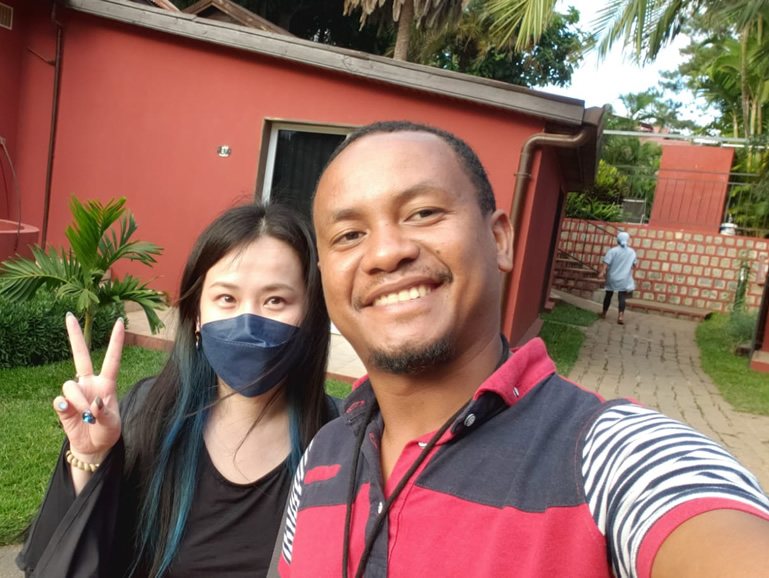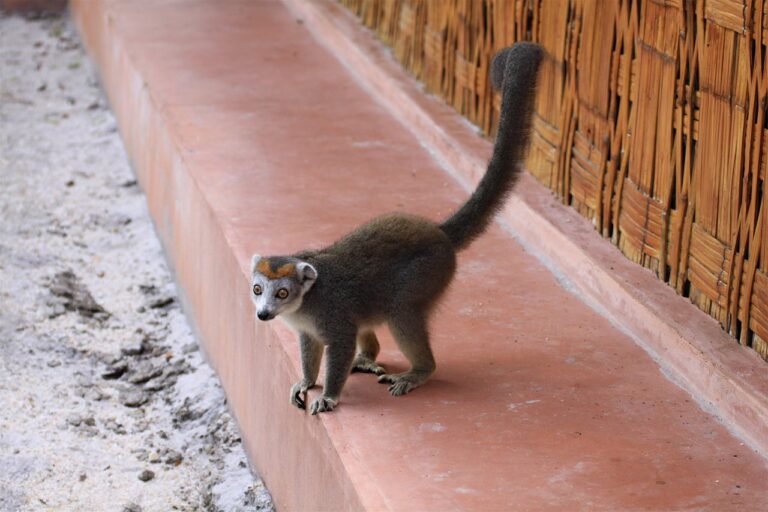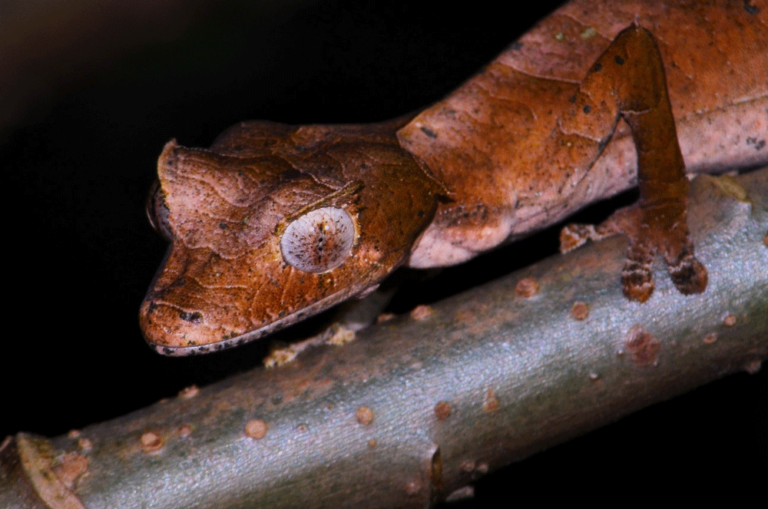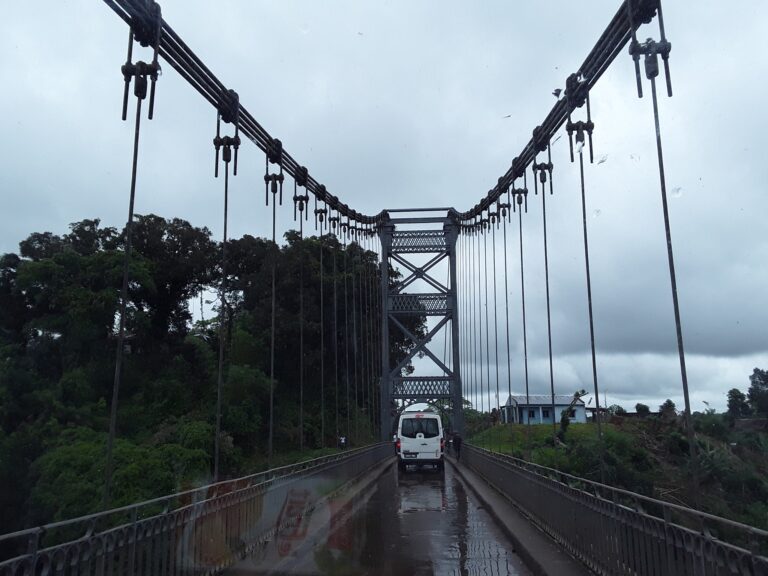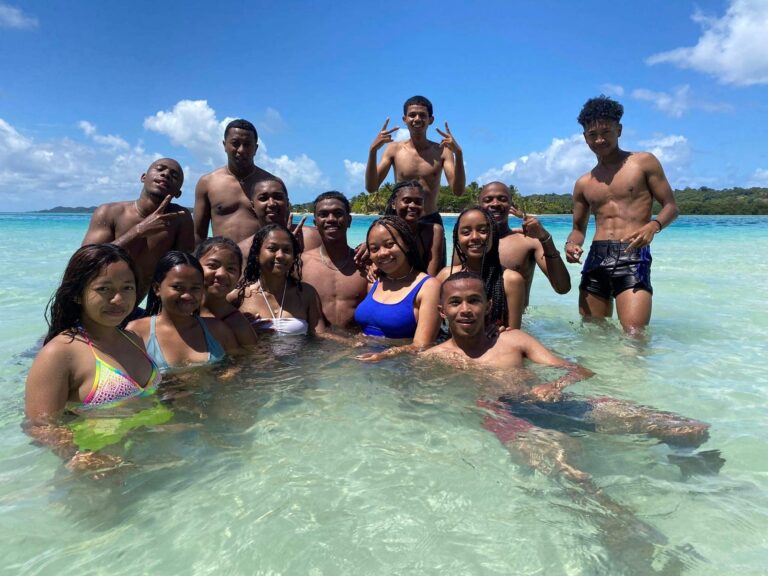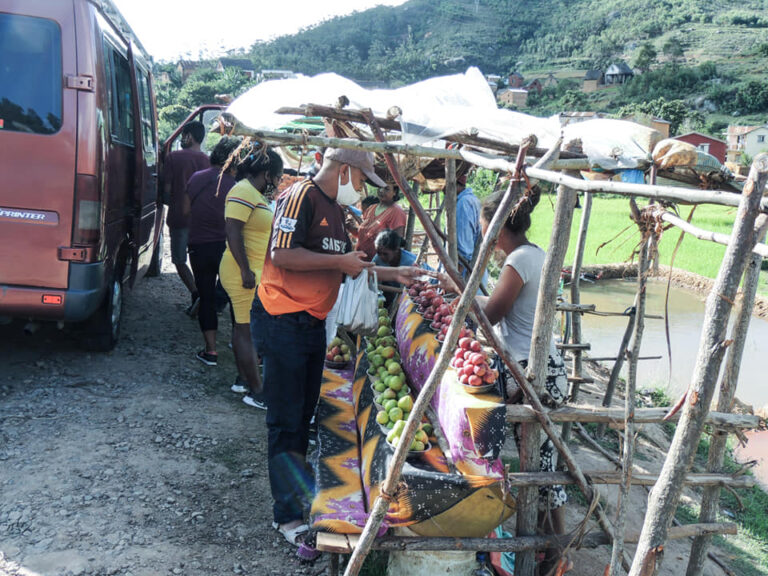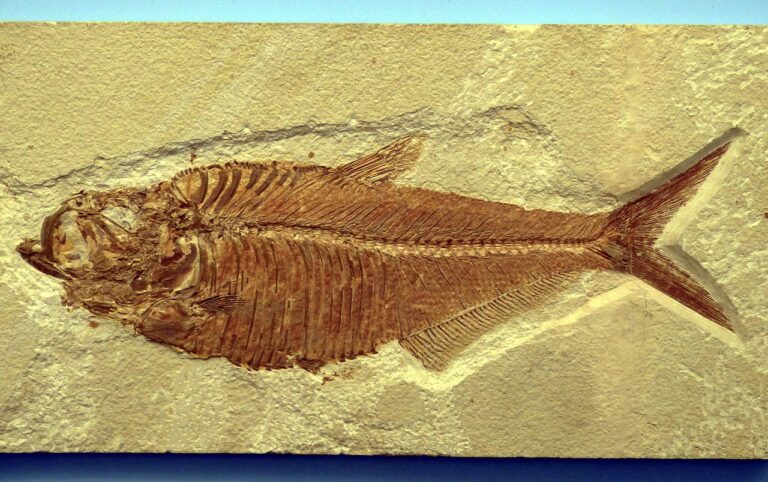Volunteering in Madagascar
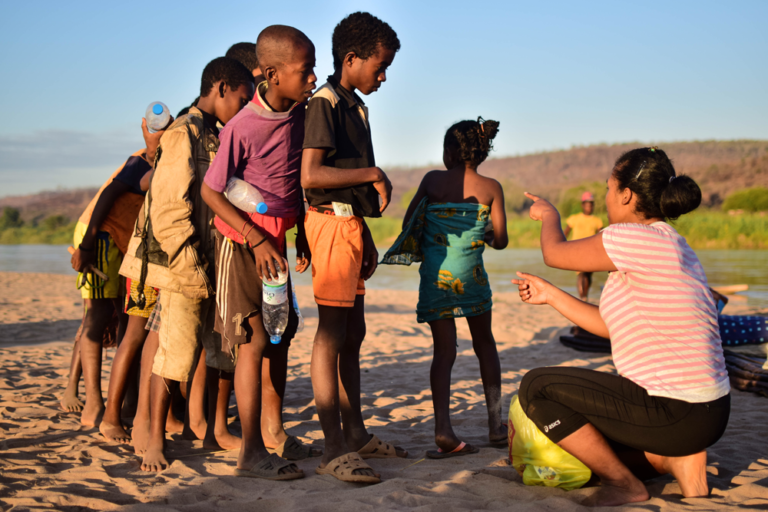
If you're looking for a different travel experience, you're in the right place! Madagascar offers many opportunities for those who want to get involved in humanitarian missions. If you're interested in combining travel with volunteering while contributing to social, educational, and environmental development projects, Madagascar is the perfect place for you. Here's an overview of the main humanitarian missions available on the island:

